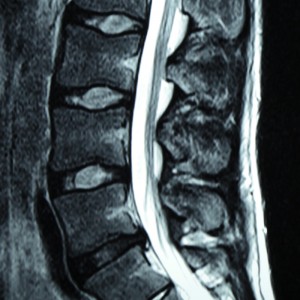 Did you know that if you experience pain or numbness in your buttocks or legs, the condition might actually derive from your lower back? This is something known as sciatica, and the range of severity of the issue means that there is also a range of treatment options that you should consider if ever you suffer from it. Sometimes, sciatica can go away through careful rehabilitation, while more serious forms may require surgery in order to relieve pain and restore function.
Did you know that if you experience pain or numbness in your buttocks or legs, the condition might actually derive from your lower back? This is something known as sciatica, and the range of severity of the issue means that there is also a range of treatment options that you should consider if ever you suffer from it. Sometimes, sciatica can go away through careful rehabilitation, while more serious forms may require surgery in order to relieve pain and restore function.
[separator headline="h3" title="What Causes Sciatica, and What Sciatica Will Cause You To Experience"]
Sciatica is the name given to leg or buttocks pain that occurs due to compression of a nerve root (called the sciatic nerve) caused by herniation of a lumbar intervertebral disc. The spinal discs are positioned between each individual section of the spinal cord, and when working properly, they act as a sort of cushion to take some of the pressure placed upon the vertebrae. When a lumbar disc bulges or gets pushed out of place, it can encroach upon the area occupied by the nerve root, sending pain and numbness shooting into an individual’s lower extremities.
When you suffer from sciatica, it’s imperative to see a doctor right away. If the issue is caught early, you may be able to get away with a non-surgical means of repairing the damage. A specialist can advise you on the various activities to take part in to prevent an exacerbation of the damage, as well as those actions that you should strive to avoid. After six weeks to three months of conservative treatment and rehabilitation you may be able to recover fully. [separator headline="h3" title="Surgery Might Be Your Best Option"]
Unfortunately, conservative treatment alone isn't always effective at relieving the condition and symptoms. If months have gone by and you’re still suffering from intense pain and numbness, then the surgical option must be given careful consideration. The procedure in question is known as a Lumbar Microdiscectomy, and the doctors of DISC specialize in offering this type of treatment option on an outpatient basis.
The procedure hinges on exfiltrating that section of the disc that is causing problems. A surgeon will approach a patient’s back, starting the procedure with a small incision and then moving aside muscle tissues and the nerve itself. When this is accomplished, the surgeon will have a perfect tunnel through which to withdraw the herniated tissue. This section is cut away from the healthy portion of the disc, the patient is stitched back up, and the procedure is complete.
[separator headline="h3" title="Recovery Shown To Be Substantial"]
Most persons who obtain this surgery are able to head home the very same day, and pain is reduced almost as quickly. Once six weeks have elapsed, most patients take note of significant improvements to their physical comfort. Stretching and light rehabilitation can help alleviate the scarring in the initial recovery phase of the procedure. After three months, activities like jogging are usually acceptable, and full motion should be restored after six months.
If you have sciatica, you have options, and you owe it to yourself to explore them. For answers to some common questions about microdiscectomies, including a brief look at how much does a microdiscectomy cost, follow the link.
About the author




